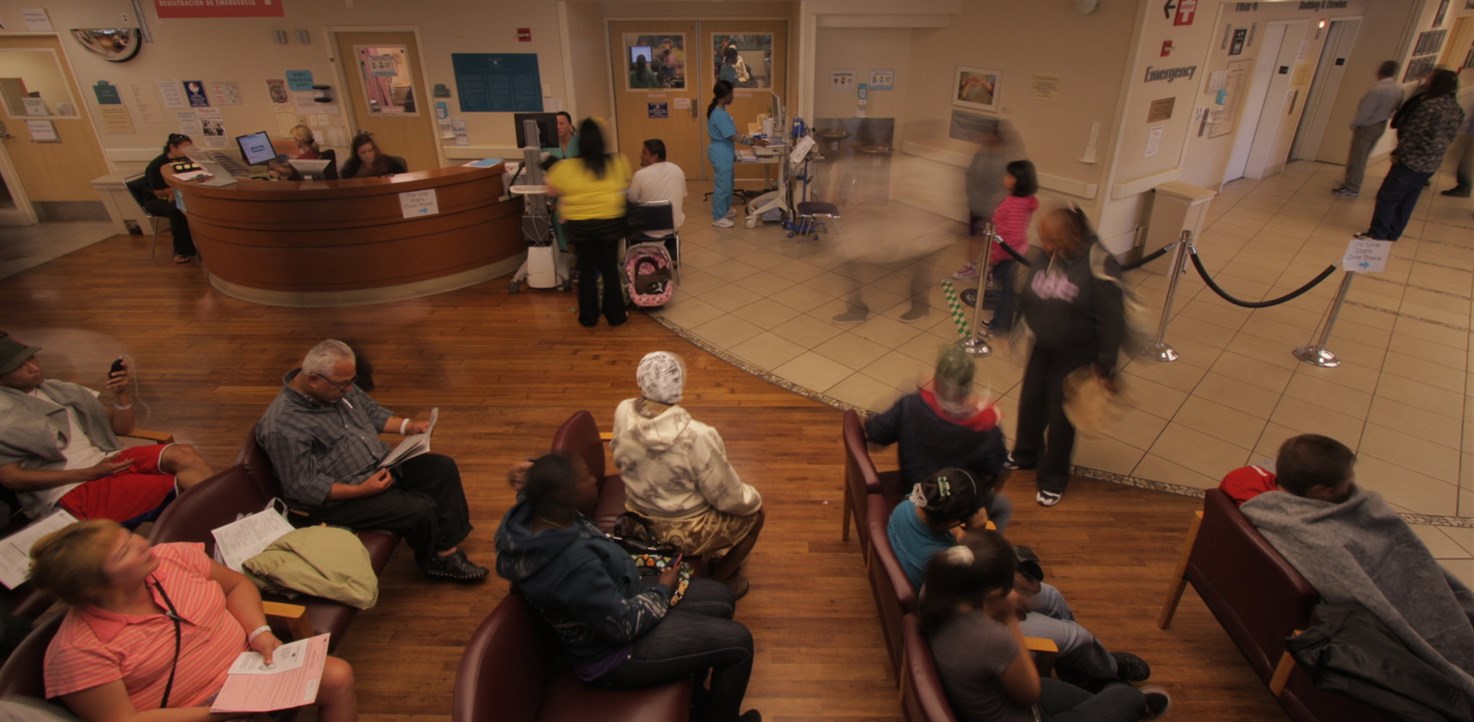According to a study published in the online issue of the journal, Neurology, on September 14, 2016, minorities and women may be undertreated for stroke. After accounting for factors that could affect treatment such as stroke severity, the study found that women had 8 percent higher odds at not being treated than men, while African-Americans had a 26 percent higher odds of not receiving treatment. Additionally, those of other races had a 17 percent higher odds of not receiving treatment than whites.
A common rule with stroke treatment reads, “Time is brain.” This means that the amount of time between the onset of stroke and treatment greatly affects the patient’s post-stroke outcome. For ischemic stroke, those caused by blood clots, the leading and most common treatment is tissue plasminogen activator (tPA). The longer it takes for patients to get to medical care, be processed in the hospital, and receive tPA, the more likely that the stroke will have caused debilitating effects. Therefore, with further study, these findings could have significant quality-of-life implications for women and minorities experiencing stroke.
The study looked at data spanning eight years of hospital records from people across the country with ischemic stroke who arrived at the hospital within two hours after the start of stroke symptoms and had no documented reasons that they should not receive treatment. It looked at the data from 61,698 stroke patients, 25 percent of whom did not receive treatment within three hours. Over time, the treatment rates improved, with 45 percent of eligible patients receiving treatment from 2003-2005 compared to 82 percent between 2010-2011.
Other facts that correlated with under treatment was advanced age and less severity. Those treated at hospitals designated as certified stroke centers were more likely to receive treatment than those treated at hospitals without the certification. Furthermore, those at primary stroke centers were twice as likely as to receive tPA.
For more information: https://www.sciencedaily.com/releases/2016/09/160914172413.htm




